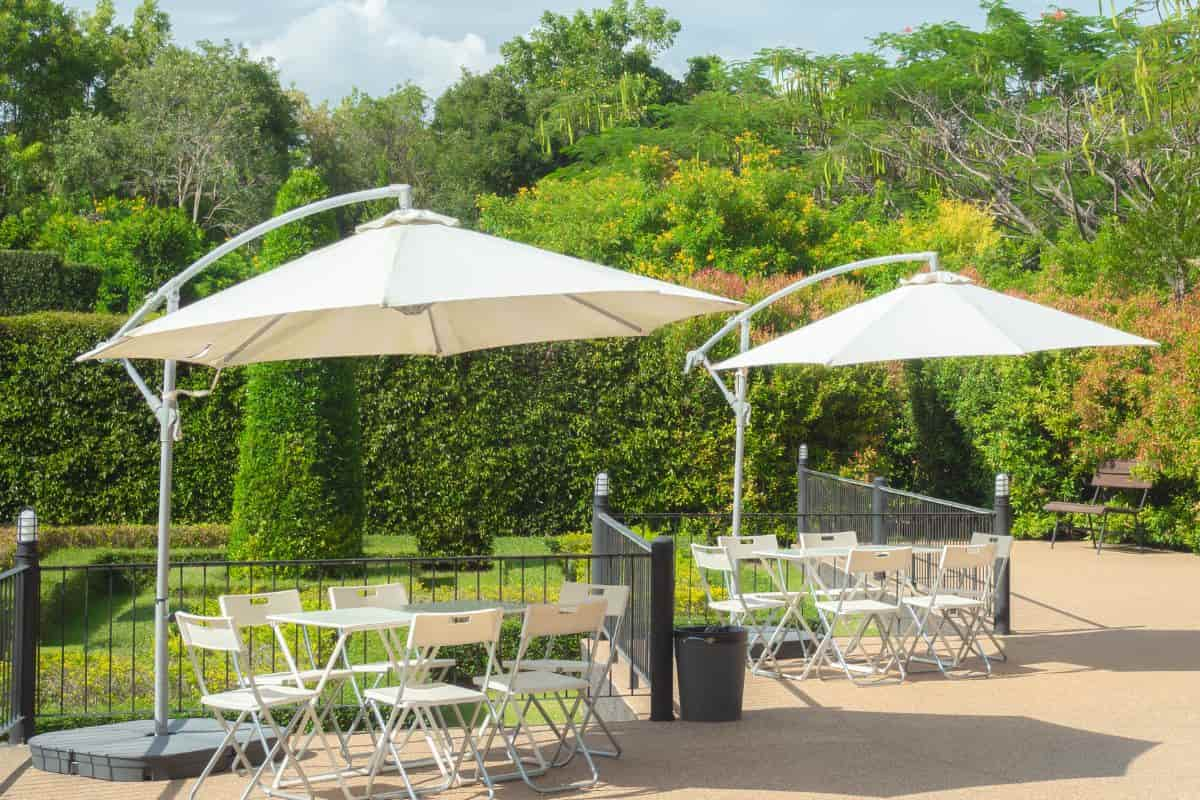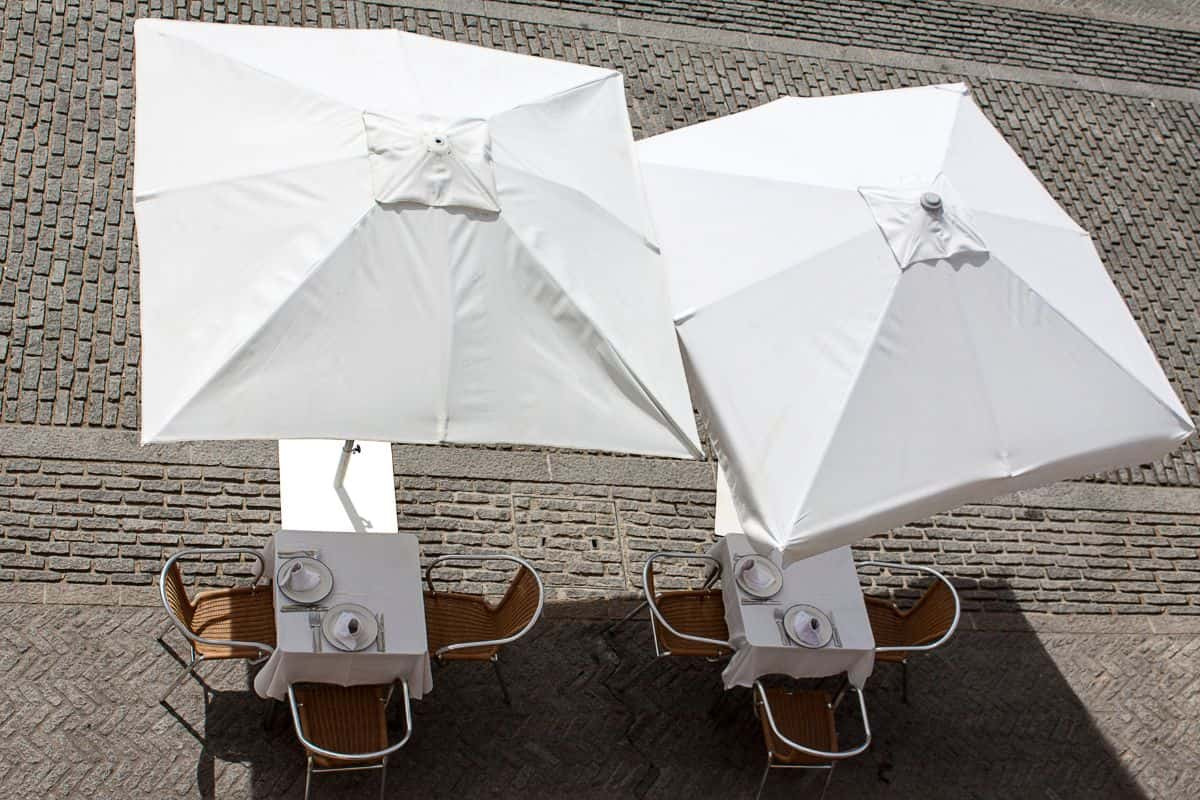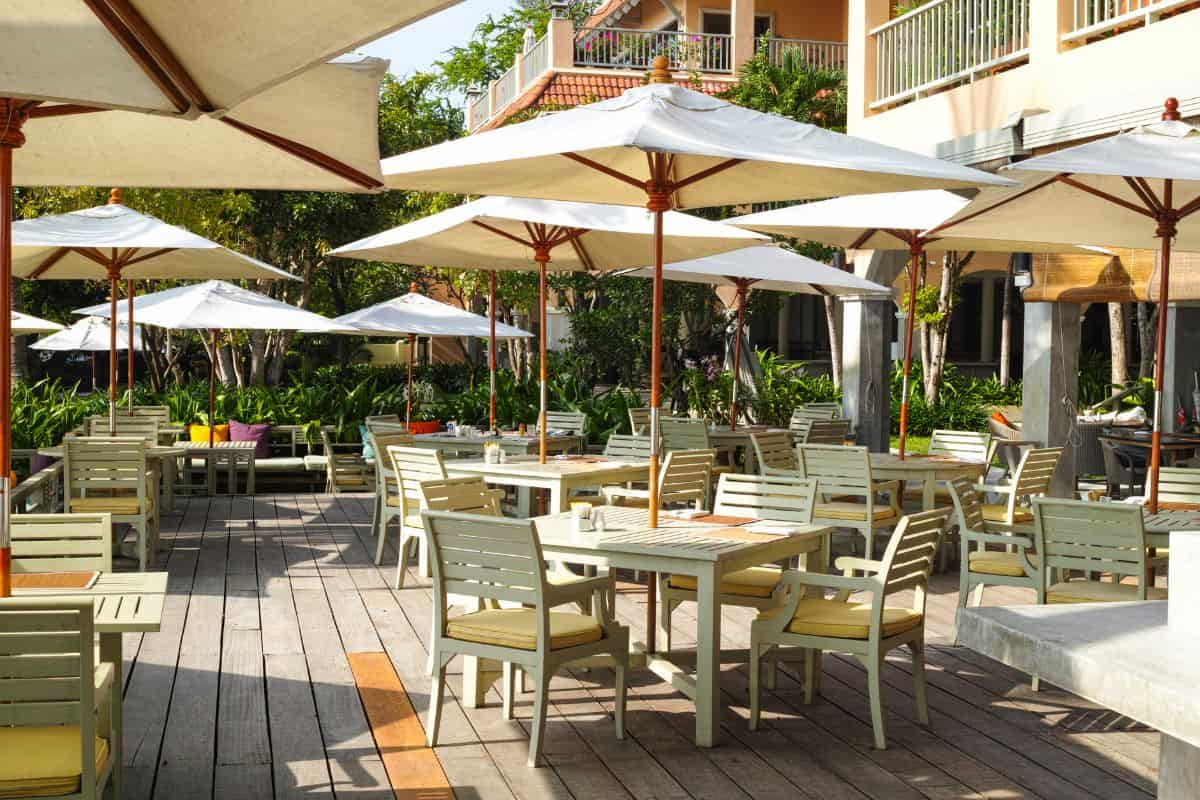



Having a parasol in the garden is one of the best ways to enjoy your outdoor space in greater comfort and with more protection. However, both its effectiveness and durability depend directly on the quality and design of each of its parts.
Since knowing how a parasol is structured and what each of its parts is used for allows you to make a more informed choice, in this post we are going to tell you what the parts of a garden parasol are and how they influence its quality, as well as giving you several tips to help you make a good choice when buying one.
Tabla de contenidos
ToggleKnowing what components make up a garden parasol is essential for choosing the most suitable model for the environment and conditions of use. As we will see below, each of the parts—from the canopy to the base—affects the durability, stability, and ease of use of the whole, so knowing how they work will help you choose a good quality parasol.
In addition, by identifying each of the parts, it will be easier for you to repair or replace components if necessary, without having to replace the entire parasol. Similarly, you will be able to take better advantage of the additional features offered by some models, such as tilt systems or UV-protective fabrics, making a more informed purchase and adapting the product to your needs.



Below, we explain the different parts of a garden parasol and what each one does.
The cover is the part of the parasol that provides shade and protection from the sun’s rays, and is usually made of polyester, acrylic or technical fabrics with UV filters. In any case, it is important to ensure that the density and thickness of the fabric, known as the weight, is sufficient to guarantee good wear resistance, at least 180 g/m².

The canopy can be round, square or octagonal in shape and is available in different colours – although beige and cream tones are the most common – to suit any decorative style. In terms of diameter, garden parasols are usually between two and three metres in size.
The mast refers to the pole of the parasol, which acts as an axis and is responsible for supporting the entire structure. It is usually made of resistant materials such as aluminium, steel or treated wood.
There are also two main types of parasol depending on where the pole is located: on the one hand, the more traditional centre-pole parasols, and on the other, side-pole parasols, which are more commonly used in dining or relaxation areas. Similarly, the pole can be fixed or articulated, in which case it can be tilted to adjust the position of the canopy according to the sun’s trajectory.
The ribs are the elements that run from the pole to the ends of the canopy, keeping it firm and taut when the parasol is open. The number and arrangement of the ribs vary according to the size and shape of the parasol, directly influencing its strength and durability.
In higher-quality models, these parts are reinforced at the joints to prevent breakage over time. It is also important that the design of the ribs combines lightness and rigidity to make it easy to open and close the parasol without excessive wear and tear.
Another of the most important parts of the parasol is its opening mechanism, which allows it to be opened and closed easily and safely. There are several systems depending on the model, the most common being the crank handle, which is very convenient and common in large parasols, although others can also be found, such as the pulley with rope or manual push opening.
This mechanism should operate smoothly and be comfortable for the user, as well as being made of materials that ensure its resistance despite use.
The base, foot or support of the parasol is the lower part into which it fits to keep it stable. The most common option is concrete or fillable bases that are placed on the ground, although side clamps or systems embedded in the pavement can also be used.
Some designs include wheels to make it easier to move the parasol around as needed, providing extra practicality. Likewise, the weight and quality of the base are essential for securing your patio parasol and preventing it from blowing away on windy days.
Finally, some parasol models can incorporate different accessories that improve their comfort and functionality, although they also tend to increase the price.
Among the most common are protective covers, which extend the life of the fabric, and covers with anti-UV treatments that improve protection from the sun. There are also the aforementioned tilting parasols, or some models with side curtains to create more sheltered spaces. Other common accessories are LED lights on the ribs or heating systems with halogen or infrared lamps.

As you can see, the different parts that make up a parasol greatly influence its quality and resistance. Therefore, we are going to give you a series of tips to help you choose a suitable model:



